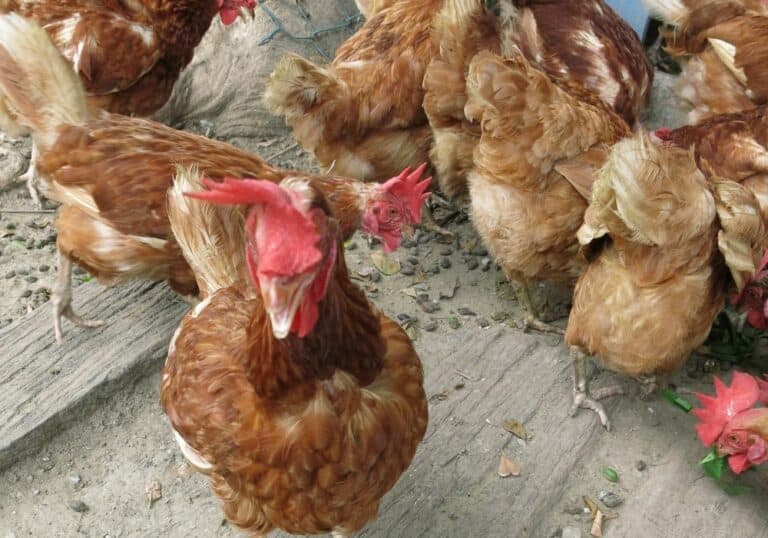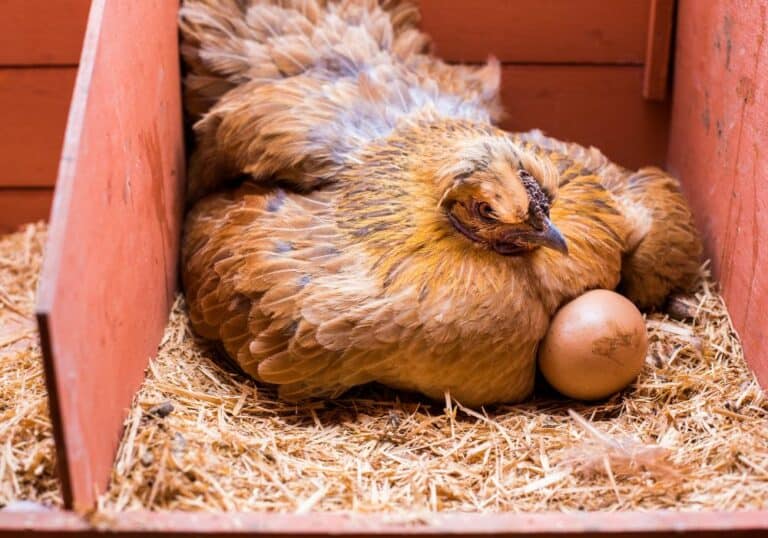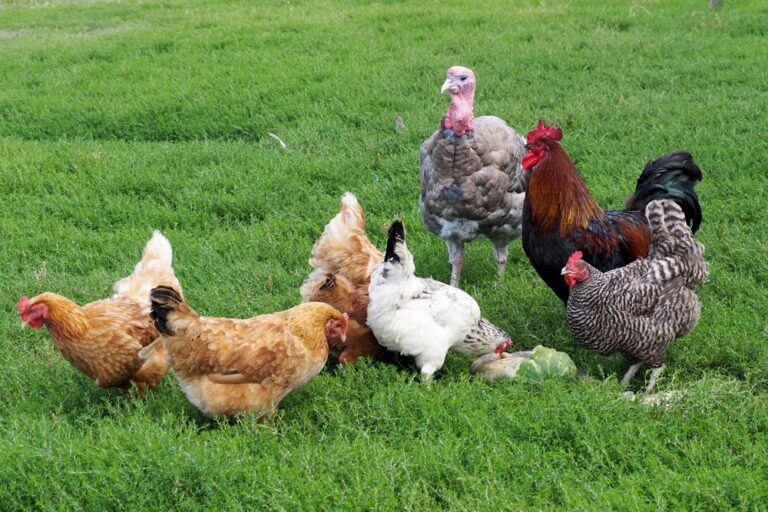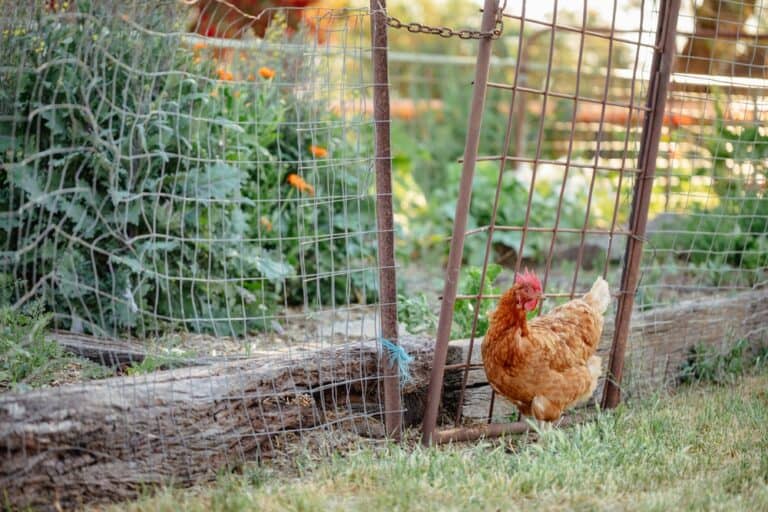Wry neck in chickens is one of those things that can feel very distressing the first time you see it but experienced homesteaders know very well what it is and how to deal with it. More importantly, the more experienced you become, the less often you’ll encounter this issue as you’ll get more proficient in wry neck prevention.
So, what exactly is wry neck in chickens, what causes it, and how to deal with it? Let’s go over each point below.
What is wry neck in chickens?
The technical term for this condition is torticollis and it’s not really unique to just chickens – it can happen to many other animals including humans. You may also see it called stargazing or crook neck and it’s especially common in chickens for various reasons.
The most important thing to understand right away, however, is that a wry neck is a symptom of many other conditions – not the core problem itself. So, if you see a wry neck in your flock, this means that there is some underlying problem you’ll need to investigate. The good news, however, is that most of the time, wry neck and to causes behind it are quite treatable and preventable.
What does a chicken’s wry neck look like?
The first step to dealing with the situation is figuring out whether or not your chicken actually has a wry neck.
And that part is relatively straightforward as the neck twists that characterize a wry neck are quite self-explanatory – they look as if your chicken’s head is lolling around and is receiving no support from the neck. Some chickens with wry necks will also tuck their head between their legs, will keep their head upside down, will have it tilted backward and stare above their tail (stargazing), and so on.
In short, it looks as if the chicken’s neck has been snapped which is also why this condition is so distressing to novice chicken owners the first time they see it.
What causes wry neck in chickens?
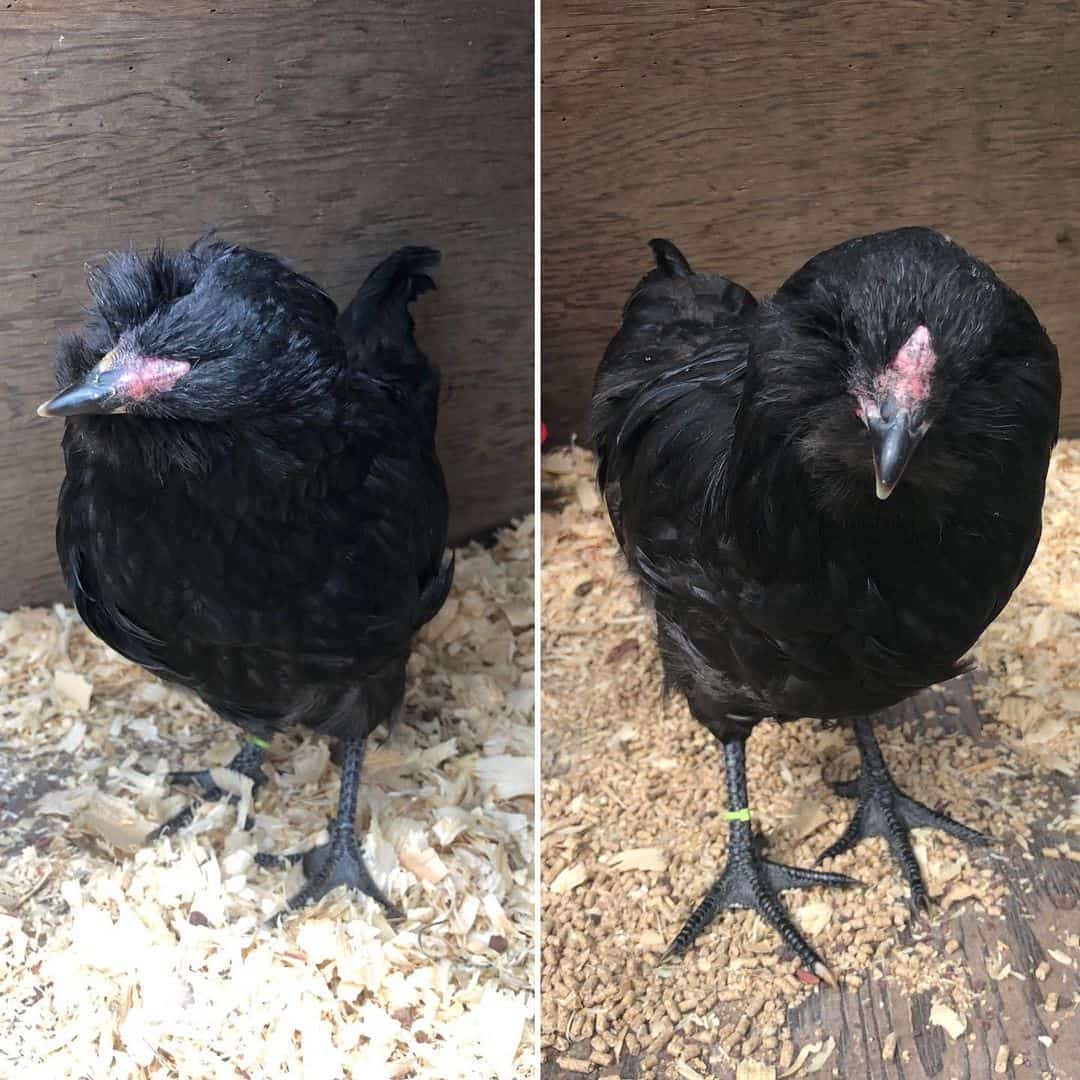
As we emphasized above, a wry neck is more so one of the symptoms of a myriad of other conditions rather than the immediate health problem itself.
Age is certainly a factor in all of this as older adult chickens tend to have this problem more often. Young chicks can also have it occasionally, however, if they are afflicted by certain diseases. So, let’s go over the most common problems that can be the cause of wry neck in poultry.
1. Eye and head injuries
Probably the most common problem that can lead to a wry neck is physical trauma, usually in the eyes or head of the chicken. This can happen due to a random peck from another bird, a knock on the skull, or anything similar.
The issue can be especially common based on the breed, with crested chickens being the victims of head pecking by other birds more often. Plus, they tend to have less bony skulls too. If the chicken is both crested and older, you should be especially watchful for head traumas.
2. A vitamin deficiency
Chickens need vitamins, same as any other animal. Getting a vitamin deficiency is especially easy for young chicks who need a lot of vitamins to grow up healthy but this can be an issue for adult birds as well. Some of the common deficiencies include Vitamin E and Vitamin B1 (thiamine).
A Vitamin B1 deficiency is especially likely if chicks have been fed with a medicated chick feed for a long time because of the Coccidiostat Amprolium present in medicated chick feed. Alternatively, a young chick can develop a deficiency if the overall flock’s diet has been deficient in vitamins.
3. Neurological disorders caused by toxins in the chicken’s food or environment
Your flock is never 100% safe from toxins even if you’re conscious about keeping them away from pesticides, insecticides, chemical fertilizers, and so on. Certain harmful toxins can also be found in certain plants, in decaying plant or animal matter, and even in some paints and heavy metals.
This can lead to both Botulism and other issues on the nervous systems, many of which are characterized with a wry neck. Such toxins can easily affect a free-ranging chicken if you haven’t managed to keep its environment clean.
This isn’t an argument against free-ranging your chickens, of course, as the benefits of this are nearly incalculable. However, it does indicate how well we need to maintain the areas our chickens have access to.
4. Diseases
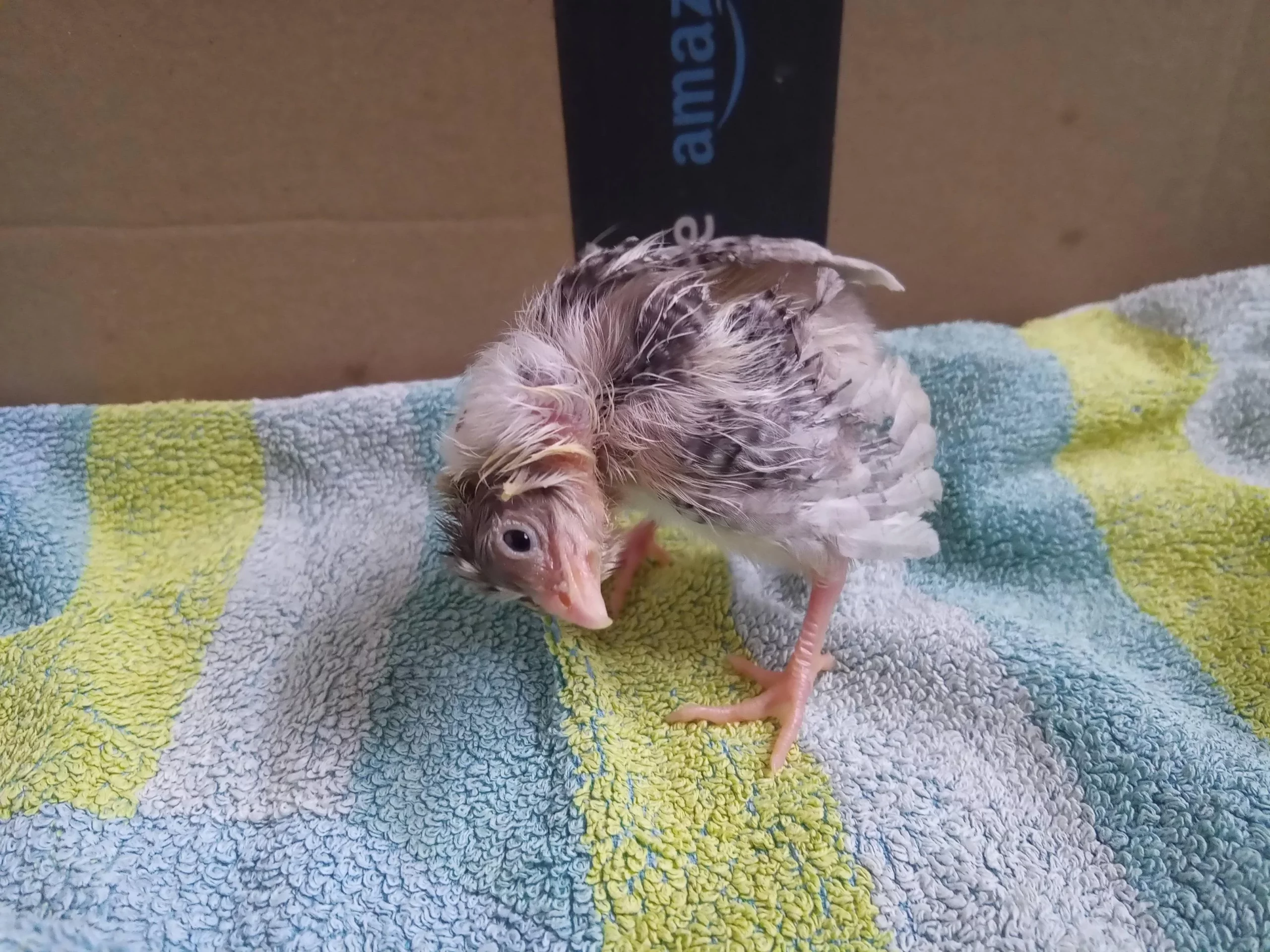
There are over a dozen relatively common diseases that can affect both chicks and adult chickens, and that can lead to a wry neck. The most common ones include:
- Aspergillosis – a fungal infection caused by inhaling a common type of mold
- Avian Influenza virus – i.e. bird flu
- Botulism – a bacterial illness caused by a toxin that affects the victim’s nervous system
- Ergotism – a fungal infection caused by consuming grains infected by the ascomycete fungus Claviceps purpurea
- Fowl Cholera – a bacterial issue
- Marek’s disease – a virus (the vaccine can also cause wry neck in rare instances
- Newcastle disease – a bird-only virus that’s especially common in poultry
- Toxoplasmosis – a protozoan infection caused by the Toxoplasma gondii parasite
And, in young chicks in particular:
- Arizonosis – a bacterial infection
- Encephalomalacia – aka “crazy chick disease”, a nutritional issue caused by a Vitamin E deficiency
- Listeriosis – a bacterial infection caused by the bacterium Listeria monocytogenes
Quite a few of these diseases and infections can indeed be detrimental to your chicken’s health, can be life-threatening, and, in some cases, can even threaten to spread throughout your flock. Needless to say, such cases necessitate immediate action which usually starts with a vet visit – more on that below.
How to treat a wry neck in chickens?
How you go about treating your chicken’s wry neck will depend entirely on what has caused it in the first place. Some issues are very easy to identify and treat, for example. Unfortunately, very often the issue isn’t quite as simple.
So, the first step should always be to quarantine the wry neck chicken away from the rest of the flock. This is done not only to halt the spread of a potential virus through the flock but also to protect the chicken from further trauma.
Then, you’ll need to consider what the possible cause of the problem is. Sometimes, you may be able to diagnose the issue yourself, especially if you’re more experienced and if there are other recognizable symptoms. Very often, however, we’d recommend contacting a professional. But once you have diagnosed some problems yourself, you should do some treatment according to different symptoms:
- If the issue is as simple as a dietary deficiency such as a Vitamin E deficiency, you can simply get it a vitamin supplement with selenium for the short term. Then, just acquire natural sources of Vitamin E in the long term. Good sources of that include broccoli, spinach, sunflower seeds, asparagus, alfalfa, and other foods. The same applies to any other vitamins and minerals.
- If the problem is more external such as an eye or head injury, a vet should be able to determine how treatable or manageable the problem is. Some traumas can be fixed with anti-inflammatory medicine and good care but other cases can be a bit too severe.
- The worst-case scenario is usually a serious internal disease. The treatments here can vary greatly depending on the particular problem so that’d be up to your veterinarian. You’d often need quite a bit of patience too as some problems can take a while to fix.
Wry neck prevention
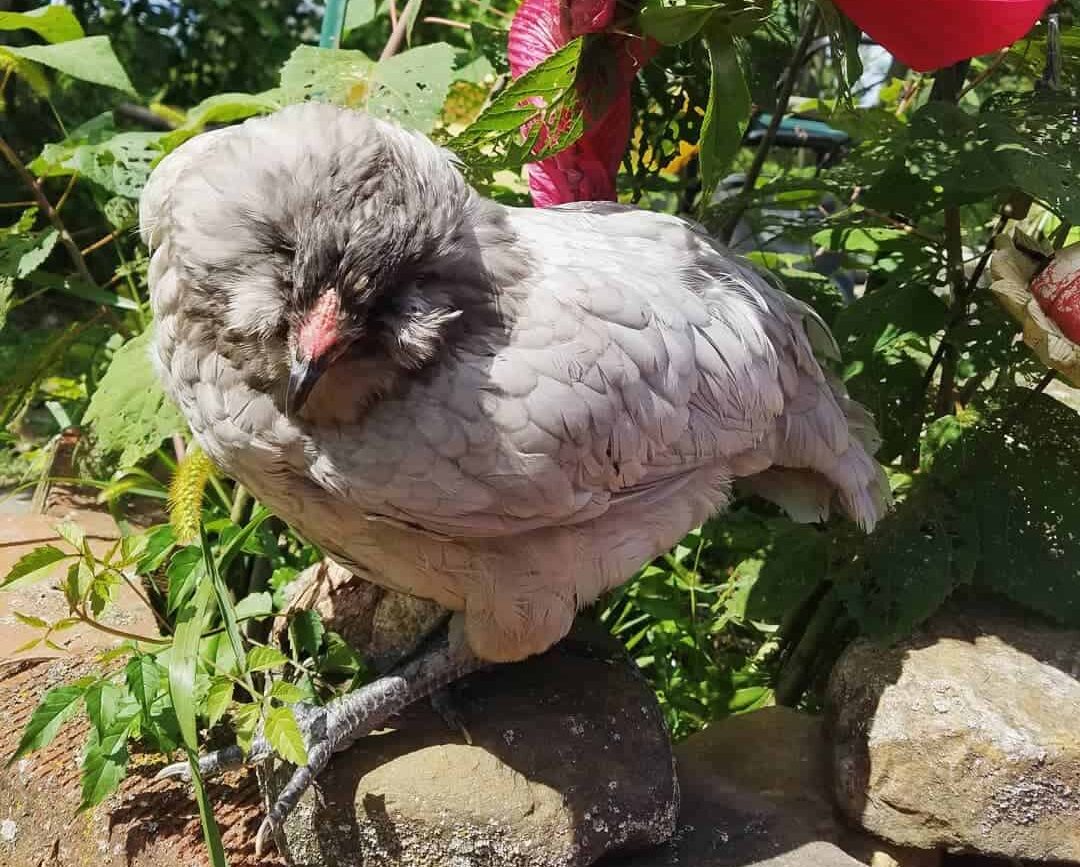
The simple answer here is that good overall care is the best prevention for wry neck in chickens. This means good food, a good environment, and regular visual checkups of every bird in your flock. This doesn’t mean that every instance of wry neck indicates a failure on your part, of course – even the best and most experienced homesteader can’t prevent every single issue.
So, here are the basics:
- Maintain a good, natural (non-medicated), and vitamin-rich diet
- Keep the chickens’ free-range environment clean and safe
- Prevent physical injuries by handling your birds carefully, preventing bullying among the birds, and giving them a well-designed and safe coop enclosure
Do this, and the cases and causes of wry neck among your flock should be kept to the absolute minimum.
In conclusion
Seeing a wry neck chicken can be quite distressing at first but it’s often not as dramatic as it seems. Immediate action is required, of course, but, with good care, most chickens can quickly recover from whatever has caused their wry neck. Not all cases are as lucky, however, and that’s an ever-present aspect of looking after animals too.

